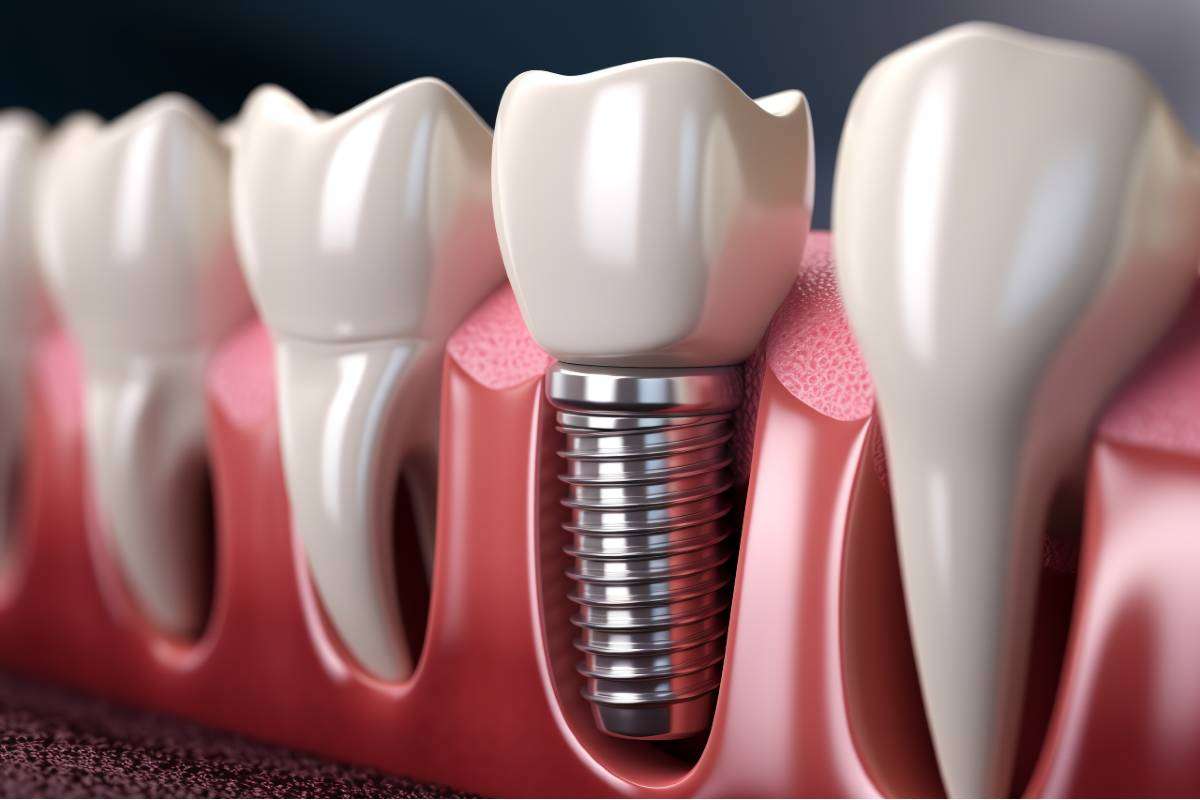 A general dentist can provide services ranging from routine cleanings and exams to the detection and diagnosis of periodontal disease. When patients have an oral health condition that requires surgery, the dentist may refer the patient to an oral and maxillofacial surgeon for treatment. There are several reasons why it may be necessary to obtain a referral from a general dentist before making an appointment with an oral surgeon.
A general dentist can provide services ranging from routine cleanings and exams to the detection and diagnosis of periodontal disease. When patients have an oral health condition that requires surgery, the dentist may refer the patient to an oral and maxillofacial surgeon for treatment. There are several reasons why it may be necessary to obtain a referral from a general dentist before making an appointment with an oral surgeon.
Health reasons a referral may be required
As part of an exam, a general dentist checks for oral health conditions that may require treatment by an oral surgeon. When the dentist determines that a patient needs a surgical procedure, the dentist may provide the patient with a referral.
Tooth extractions
When teeth do not have enough space in the mouth to develop normally, the teeth may become impacted. The removal of impacted teeth usually requires a surgeon to cut into the gums and jawbone to extract the affected teeth.
Dental implants
A dental implant is a metal post that is used to replace the root of a tooth that has been extracted or lost. An oral surgeon performs the procedure to implant the post in the jawbone.
Replacing teeth lost due to trauma
When a tooth is lost because of blunt force trauma or an accident, there may be soft tissue damage. An oral surgeon can often restore the lost teeth and repair the tissue damage.
Correction of jaw disorders
Problems with the jaw can be congenital disorders or can be caused by trauma, disease, or wear and tear over time. Oral surgeons can repair many types of jaw disorders.
Administrative reasons a referral may be required
Patients who suspect an oral surgeon is needed may wish to book an appointment directly with the surgeon, rather than visiting a general dentist. However, there are times when a referral may be required.
The surgeon only accepts patients with a referral
The oral surgeon the patient wants to go to may require all patients to obtain a referral either from a general dentist or a medical doctor. Some offices may make exceptions for a patient who needs emergency care. Even when a referral is not required, it can be beneficial to get one, because it helps the surgeon coordinate care with other dental and healthcare providers.
A referral is required by the patient’s insurance company
Many medical and dental insurance policies require a referral before they will pay for the services of an oral surgeon. If a patient is unsure whether a referral is needed by the insurance company, it is advisable to contact the insurance company or agent and ask before making an appointment.
Conclusion
Not all oral surgeons require referrals from a general dentist, but one can help coordinate patient care and may be required by the patient's insurance provider. Patients should familiarize themselves with the requirements of the surgeon and their insurance company before making an appointment.
Request an appointment or call North County Cosmetic and Implant Dentistry at 760-940-2273 for an appointment in our Vista office.
Recent Posts
Maintaining good oral health is essential for overall well-being. One of the key professionals who play a vital role in ensuring optimal oral health is the Registered Dental Hygienist (RDH). Let’s explore how regular visits to your RDH contribute to your overall health while giving you a healthy smile.The term “Certified Dental Hygienist” is actually…
Preventative dental care is essential for maintaining good dental health. Regular check-ups with a dentist can help identify and address potential dental issues before they become more serious. North County Cosmetic and Implant Dentistry in Vista, CA offers a range of preventative dental services to help patients achieve and maintain healthy teeth and gums.One of…
Among the most common dental problems that a general dentist treats are cavities. Most people will experience this form of tooth decay at some point due to:Dry mouthSugary foods and drinksPoor oral hygieneGeneticsThere are several types of cavities, and each can lead to complications without prompt treatment.A general dentist first considers a cavity's location when…







